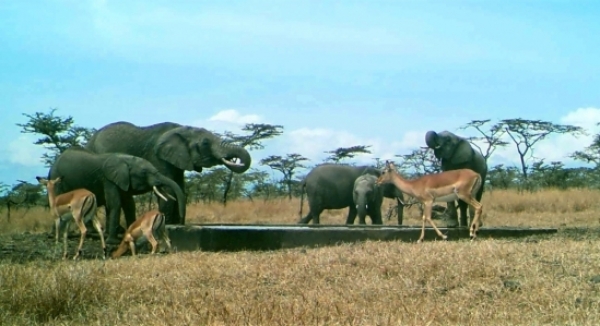

The sun rises on the savannas of central Kenya. So much African wildlife such as elephants, zebras, etc gathers around a watering hole to quench their thirst during the dry season. But it is not only herbivores and carnivores who visit the water hole. “We think that watering holes are spots for these majestic animals, but it is also a hotspot for the parasites which infect these animals!” said UC Santa Barbara biologist Georgia Titcomb.
So all of the parasites like mosquitos and fleas visit these holes to infect more animals. She even mentioned that the watering holes might affect the distribution of the savannas parasites. Resources bring organisms together, so Titcomb was curious how watering holes might affect the distribution and density of the savanna’s parasites. With help from citizen scientists, she and an international team of researchers discovered that parasite density is far higher around water sources than elsewhere in the landscape.
Let’s do something soon and get rid of these parasites so the animals could drink in peace!
Source: University of California Santa Barbara


© copyright 2022 by Recycle My Battery